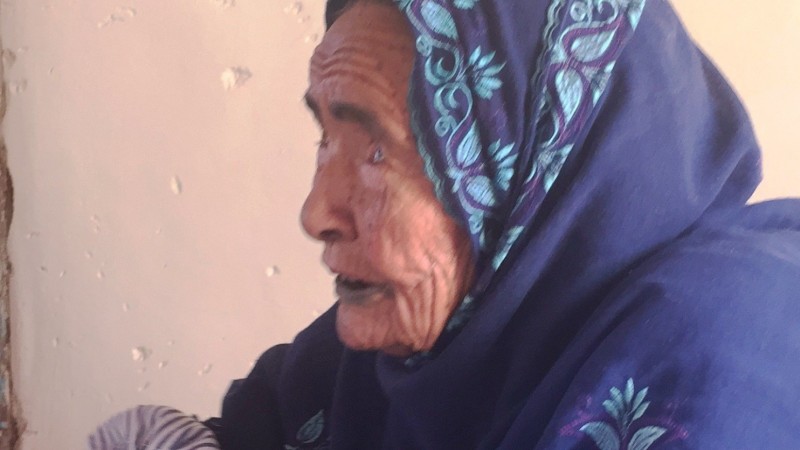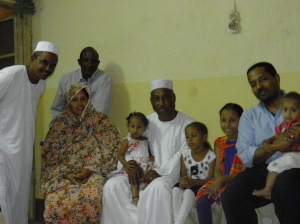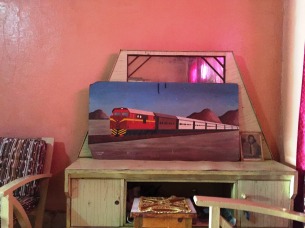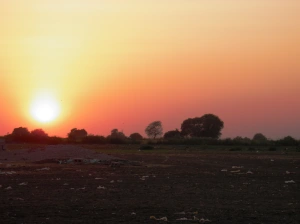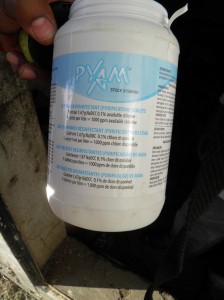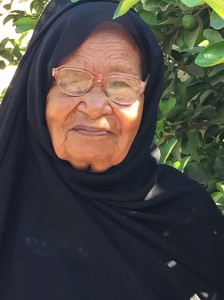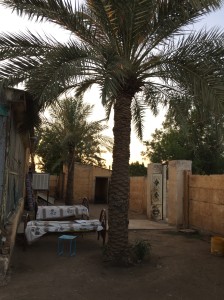Ancient Nubia drew its power from its women.
Even when the King was male, as the Arab historian Ibn Abd al Zahir wrote, “it is the tradition that the Nubian kings be directed by women in affairs of the state.” Leo Africanus records of his visit to Nubia “they are governed by women, and they call their Queen Gaua.” Ancient Nubia was a matrilineal society, with family identity and inheritance passed through mothers.
After what the scholars of Egypt called the late period, including the 25th and 26th Dynasties in which all of Egypt was reunited and the culture revived by Nubian pharaohs, Egypt regained its lost territory and the Nubians retreated further south. Egyptian power eventually declined, and it came under the rule of a series of foreign rulers, including Persians, Greeks and Romans. Nubia at this time was known as the kingdom of Kush.
These foreign invaders knew that Kush was the source of Egypt’s gold, and as such made many attempts to invade and conquer this land. They were repelled time and again. In this era Nubia’s military reputation was earned both by its famous archers – one of the historical names of Nubia was “Ta Seti”, or “land of the bow” – and by warrior queens known as Kendaka. These queens not only held their ground; they would ever so often venture north and attack Egypt to put in check any ideas of military misadventures on the part of the foreign invaders.
One story has it that the Nubian Kendaka Amanitori, riding elephants at the head of impressive battle formations of the famous Nubian archers, intimidated Alexander the Great from venturing southward despite the known abundance of gold.
While little is known about Alexander’s misadventure, more is known about the attempts the Romans made to subjugate Nubia. The historian Strabo recorded that the Nubian Queen Amanishekhato attacked a Roman garrison in Aswan, defeated it, and moved further north to Thebes and defeated yet another Roman garrison. According to Strabo the Queen “enslaved the inhabitants, and threw down the statues of Caesar.” She lopped off the head of one statue of Caesar and buried it under the floor of her temple at Meroe so that every visitor would walk over it. This head now resides in a museum in London. The Romans would in fact later sign an agreement in which the Romans paid tribute to the Nubians in order stop attacking Egypt’s southern flank.
The Persian king Cambyses, the son of Cyrus the Great, also made the journey up the Nile, occupying but ultimately failing in his attempt to conquer Kush.
It is clear from these stories that Nubian women could hold their own. Centuries later, society has been transformed, but women still play a prominent role. I think of modern Kendakas like my late grandmother whose century-long journey from the Nubian village to Cairo to California included not a day of rest, my mother who was managed to raise us after my father’s stroke, my other grandmother Miska who recovered from the early passing of my grandfather, and prominent women in the larger family who are or were fighters for social justice such as Souad Ibrahim Ahmed, Magda Mohamed Ahmed Ali, and countless others.
It is fair to say that in all societies, women are frequently the carriers of deep culture and social capital. So we asked to meet older Nubian Kandaka who I was told had much of the history of Nubia before the flood in her memory. I was told her memory was still vivid. For this important meeting I put away my western clothing and wear my only formal Sudanese jellabia.
We found her in a house surrounded by friends, wearing a blue thob and chatting with lots of energy. The biggest surprise to us was that she had blue eyes, and was part of the Magyarab tribe. The Magyarab are the descendants of a Hungarian regiment of the Ottoman army that was brought in to hold Southern Egypt in 1517. General Ibrahim, who was from Buda (the old part of Budapest), his five sons and many of his troops married local Nubian women and occupied an island within the Nile near Wadi Halfa. For hundreds of years this tribe lived in relative isolation, retaining parts of the Hungarian language and customs, but forgotten by Hungary itself until it was discovered by Europeans in 1935. In fact an offshoot of the Hungarian group was recently found in Congo with even more of the Hungarian language still intact.
This Hungarian Kendaka, peering at us with the blue eyes of her Hungarian forefathers, explains with pride about their society prior to the flood. Life was wonderful; society was harmonious, and people were happy. As the video shows, she speaks only in the Nubian language, but with some Arabic thrown in and yet more meaning from her hands gestures. In one of the few Arabic words she uses, punctuated with her hands, she described the extent to which they were “Mabsooooot” or truly happy.
She explains about the various traditions, and what happened when news came of the coming flood. She speaks about wedding ceremonies and births, and how the earth was formed and covered with a cloth to form a cradle for the newborn. She explains that life was communal; multiple families would eat together as rather than in their individual homes, what was grown by one family was available to another. She explains that Fakir Yusuf, a religious figure she holds with a great deal of respect, came to live among the Magaryab and built the first Mosque which became a key part of their community.
The flood meant that the Magyar island would be lost, and they needed to find new homes. At this time many foreigners came to document the lifestyle of this offshoot of Hungarian society, and she charmingly depicts the motions of photography. Small samples of earth were taken from various parts of Nubia, including Magyarab island, and she boasts that only the soil from her land was able to be replanted overseas.
This video would be great to have subtitled, if any Nubian speakers would like to help I would be grateful.
I come away from this encounter amazed that there was such a thing as a Magyarab tribe still intact, privileged to have had a chance to be learn from her, grateful to be able to share a little of her story, and honored to have been in the presence of a true Nubian Hungarian Kendaka.
